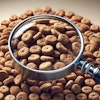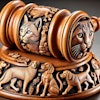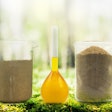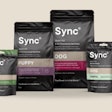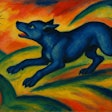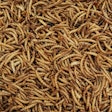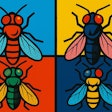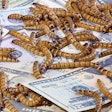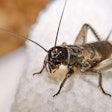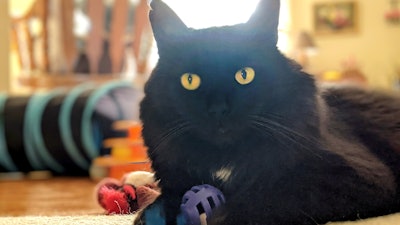
Insect-based ingredients for cat foods have several factors going for them. Lifecycle assessments of insect farms suggest that arthropod agriculture requires fewer natural resources and produces less pollution than mammal and avian livestock. In feeding trials with cats, diets made with insect-based ingredients had similar palatability and digestibility to kibble containing conventional pet food protein and oil sources. Many pet owners have witnessed their cats hunting insects. Knowing that cats instinctively dine on insects may lead to pet owners not having taboos about insects as novel protein and oil sources in cat food, even if people are squeamish about eating insects themselves.
However, barriers may yet stand in the way of pet owners accepting insect-based ingredients in cat foods. A team of researchers in Chile surveyed cat owners about insect-based ingredients in their pets’ diets. The Journal of Insects as Food and Feed published their results.
Between June and August 2021, The researchers surveyed 1,684 cat owners online. Within the study group, the majority were female (89.2%), with university education (73%) and omnivorous eating habits (63.7%) when it came to their own food. Survey participants owned an average of two cats per household, mostly with indoor lifestyles (70.2%).
The majority of survey respondents (63.6%) were willing to feed insects to their cats, but the form of the insect-based ingredient mattered. As in other studies’ results, people preferred not to see the insects in the cat foods. Cat owners were most willing to feed their cats treats containing 20% insect meal than pure insect meal or whole insects. Cat treats made with cricket meal were the most acceptable.
Noting the environmental benefits of insects as cat food ingredients increased acceptance of the tiny animals as pet food ingredients. Those survey participants who were more willing to offer insect-based treats to their cats were also more willing to use pure insect meal and even whole insects. Cat owners who did not want to include insects in cat feed cited disgust, unfamiliarity and preference for traditional pet foods.
Insect-based pet food ingredient sustainability
Crickets, mealworms, black soldier fly larvae and other insects have lower food and water requirements than cows, chickens or other livestock. A higher volume of protein and oil can be raised on less land with insect compared to mammals or birds. However, many pet foods are made with parts of those two- or four-legged animals not eaten by humans. New facilities often need to be built for the production of insect-based proteins and oils. Construction uses land and resources while requiring fossil fuel use. Comparing the ecological ramifications of cattle ranches to those of bug farms isn’t straightforward. Insects may need less water and feed to produce a certain quantity of protein than cows. Yet, if the nutritious but low-status parts of that cow, such as hearts and lungs, don’t go into pet food, co-products drop in value and could go to waste. Scientists haven’t fully unraveled these protein sustainability paradoxes.


